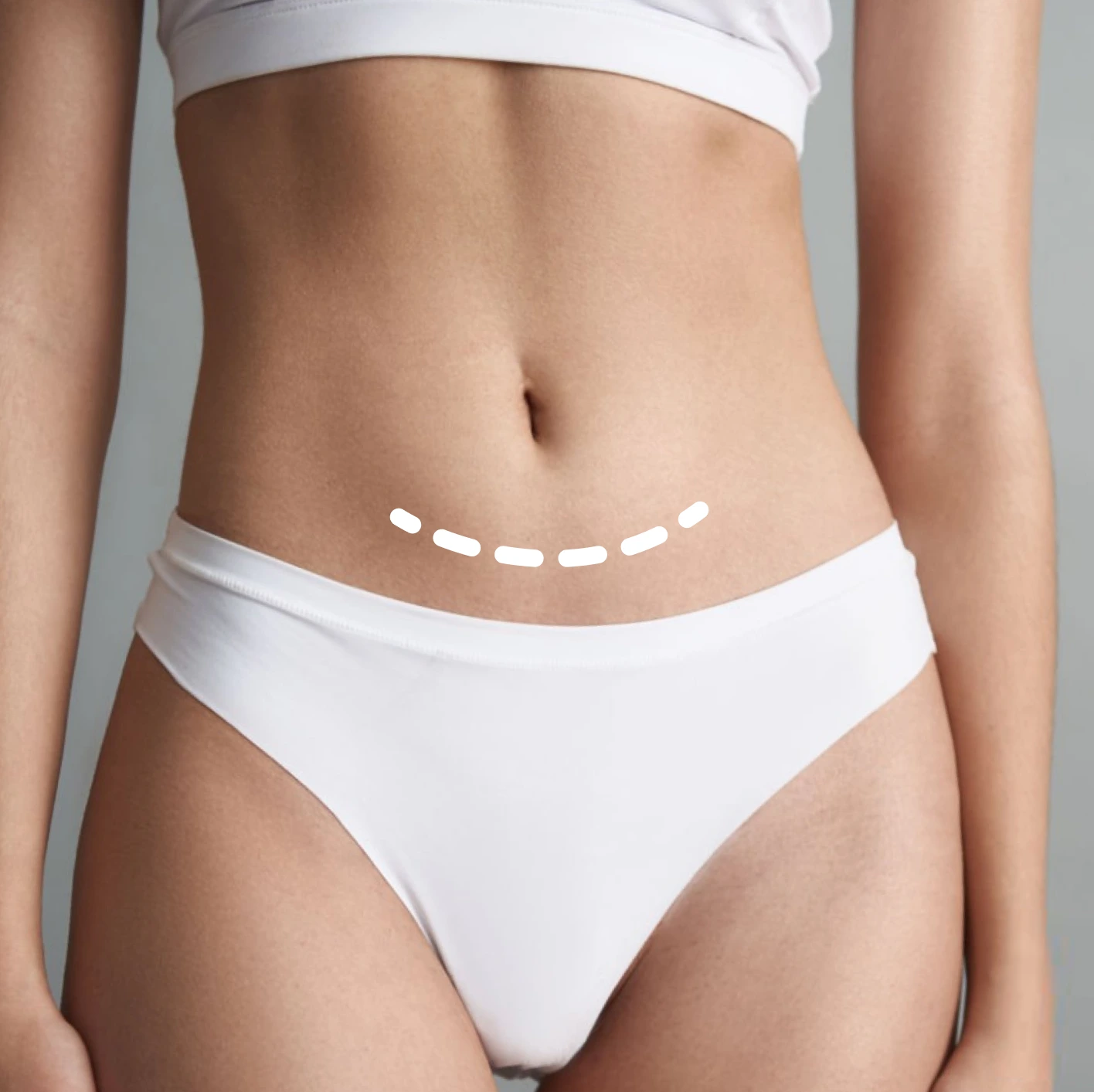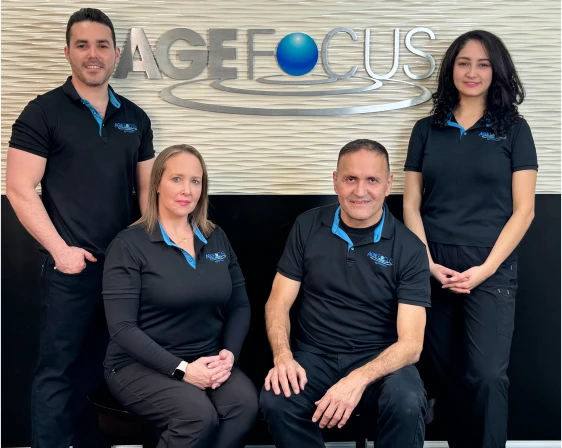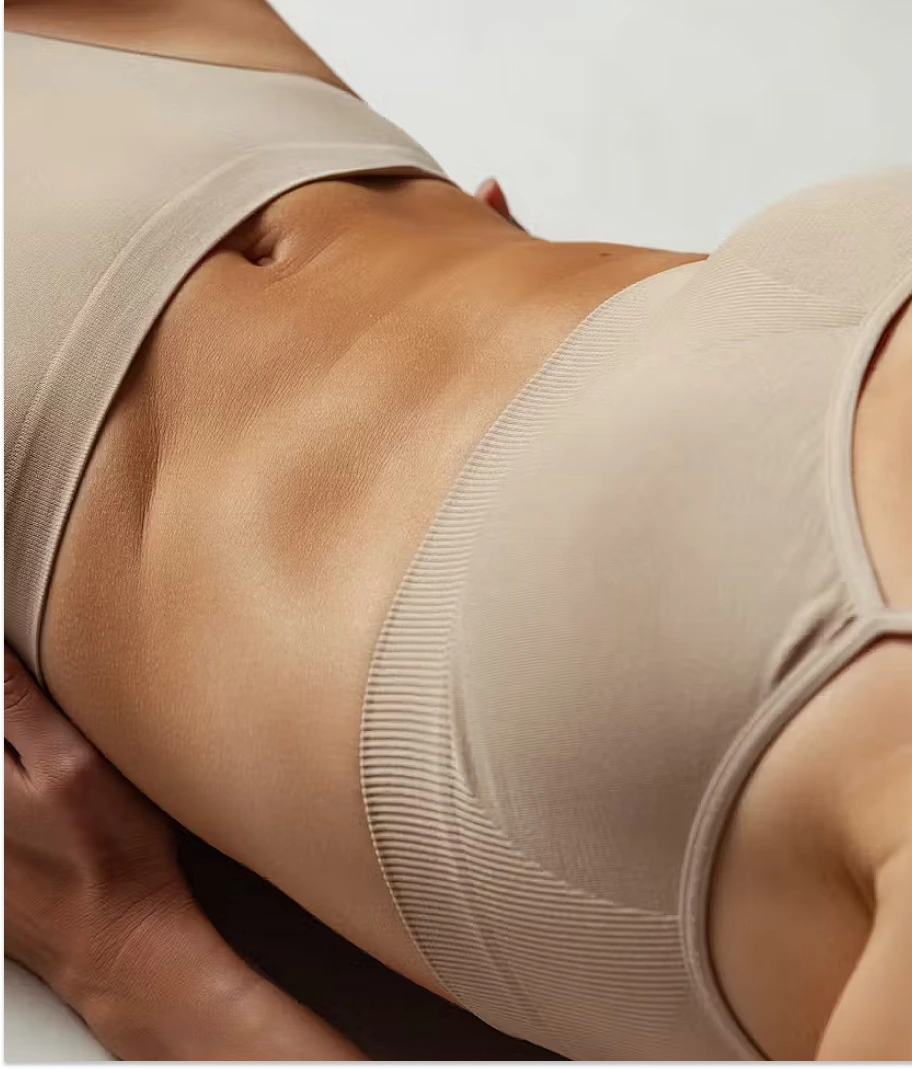At AgeFocus, we combine innovation with expertise to cater to individual needs. Led by Dr. Gargiulo, our Awake Body Procedures provide a safer, more controlled alternative for patients unable or unwilling to undergo general anesthesia. This advanced technique ensures reduced risks, faster recovery, and a more comfortable experience—all under the care of a trusted specialist.
Our expert, Dr. Juan Gargiulo, is a triple board-certified cosmetic surgeon with extensive experience in delivering aesthetically pleasing results. He has performed hundreds of successful cosmetic procedures, including tummy tucks. We believe that each of our patients should reach their aesthetic goals with the least discomfort and with fantastic results.



Initial Consultation and Testing


Immediate Recovery

Initial Weeks

Long-Term Results
An Awake Tummy Tuck is a fantastic option for patients dreaming of removing excess skin or fat around the tummy. A good candidate should have:

Minimized Recovery Time
Minimally Invasive with Local Anesthesia
Regular tummy tucks need general anesthesia. However, the Awake Tummy Tuck uses local anesthesia and light sedation. So, patients are less likely to have problems like nausea and sluggishness afterward. There’s also a lower chance of complications overall. Patients will be awake (though relaxed) during your operation.
Faster Healing with Minimal Scarring
Natural-Looking Results
Ideal for Those with Busy Lifestyles

Copyright 2025 All Rights Reserved. Age Focus.
Copyright 2025 All Rights Reserved. Age Focus.